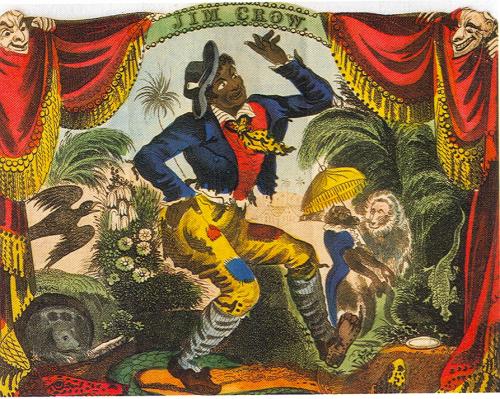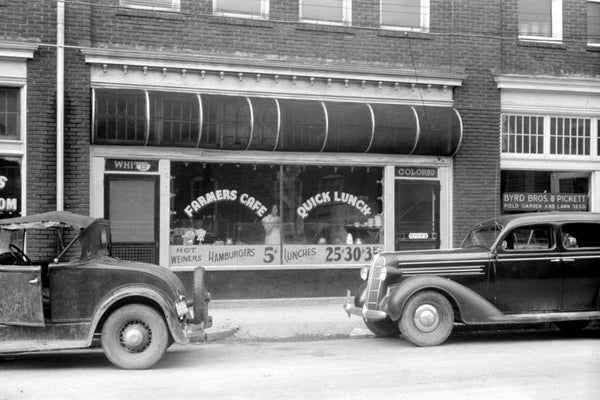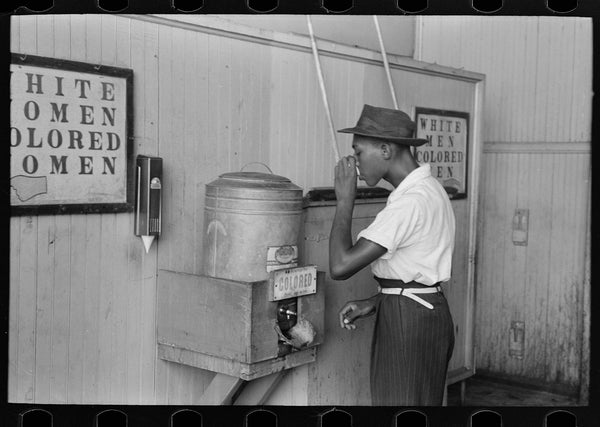This article was published in Scientific American’s former blog network and reflects the views of the author, not necessarily those of Scientific American
Last month, Beyoncé premiered her song, “Formation.” Those attuned to all things food-related may have paid particular attention to the lyric “I got hot sauce in a bag, swag.” It has been seen as a cultural nod and reference to the past. On Eater, Mikki Kendall writes:
But there's another, much uglier reason that carrying your own condiments became a major part of Black American culture. While Jim Crow laws, extensively documented in print and historical record, are fairly well known, less well known are the unspoken etiquette rules for Black people, largely forgotten by anyone who didn't have to live under them.
During Jim Crow, Black people could pick up food at establishments that served white people, but they often could not eat in them. When custom demanded that Black people be served separately from whites, they were often required to have their own utensils, serving dishes, and condiments. So it was customary for Black families who were traveling to carry everything they might possibly need so that (with the help of the Green Book, the guide that helped Black travelers eat, sleep, and move as safely as possible) they could navigate America in relative comfort.
It’s believed the Jim Crow character was conceptualized in Louisville, Kentucky sometime between late 1828 and early 1829. Inspired by an elderly black handyman who had a shuffling gait and tendency to sing as he worked, Thomas Dartmouth Rice popularized the character in his enormously successful minstrel show. The term Jim Crow evolved to mean more than the character; by the late 1830s it was used pejoratively to describe blacks and eventually became synonymous with the laws separating the races in public areas during the late nineteenth century.
On supporting science journalism
If you're enjoying this article, consider supporting our award-winning journalism by subscribing. By purchasing a subscription you are helping to ensure the future of impactful stories about the discoveries and ideas shaping our world today.

Thomas Dartmouth Rice performing in blackface as Jim Crow. Image source unknown [Public domain], via Wikimedia Commons.
The Jim Crow laws were about more than segregation, explains Angela Jill Cooley, author of To Live and Dine in Dixie: The Evolution of Food Culture in the Jim Crow South. The book explores the laws, social mores, and cultural beliefs held by many white Southerners to justify their belief that it was permissible to eat foods prepared by blacks but unacceptable to consume it with them.
Cooley was influenced by Grace Elizabeth Hale’s Making Whiteness: The Culture of Segregation in the South, 1890-1940. As Hale points out, blacks and whites were never really separated--they interacted in a variety of places including homes, neighborhood stores, and sidewalks. Since racial segregation really didn’t exist, she suggests the laws were enacted as a way for whites to assert their superiority. Hale also found there may have been something about the “intimate” action that occurs from the “touching of the product to the lips” that distinguished eating establishments from other forms of transracial interactions.
This observation inspired Cooley to look at interactions within Jim Crow era restaurants. She found, “African Americans were cooking the food that white diners were consuming in the white dining room and they were physically close to African Americans who were often serving them or bussing tables while they were eating. They just were not physically close to other black diners and that seems to reassert Hill’s original argument that this was not about separation, it was about creating status.” Cooley adds a critical distinction--that there really were not very many cities in the south prior to the Civil War. “Trying to establish white supremacy in nascent cities, newly established restaurants, and spaces that really had no antebellum precedent was an important role of segregation laws.”
Assertions of superiority went beyond formal laws. The beginning of the twentieth century marked a transition in Southern cooking culture, shifting from one based off agrarian methods and a reliance of oral transmission for cooking instructions to one that emphasized scientific knowledge and technology. Modern and sophisticated, these new modes of cooking were perceived to be a form of “white” knowledge that contrasted with styles of African American cooking, which were seen as haphazard and rudimentary. Scientific cookbooks emphasized complexities, preciseness, and intricacies of recipes and, by doing so, critiqued and minimized the more informal and unwritten method used by many African Americans.
By the 1930s and 1940s, Jim Crow laws were firmly in place and the rhetoric about white society’s superiority through scientific cooking became less necessary. During that time, there was a shift to emphasizing the innate culinary ability of black cooks, explains Cooley. She says, “It was more beneficial to white middle class society to kind of talk about how natural black cooks are in the kitchen because that, too, is a way to subjugate a population to say this is their natural state. That was the message the white middle class and whites in general were communicating throughout World War II and the years that followed.”
In addition to racial tension, laws and regulations revealed anxiety surrounding the fair amount of independence women had in restaurants both as patrons and employees. Ordinances were put in place due to suspicions that some eateries covertly functioned as brothels. Protective legislation was also crafted by politicians including South Carolina Governor Coleman L. Blease. Concerned about the effects secondhand smoke may have on white women, he gave a speech filled with language and imagery that was sexually evocative. Blease also intimated that secondhand smoke also left female customers vulnerable to syphilis and other diseases. At the time, syphilis had a very specific racial connotation and the suggestion tapped into specific white cultural fears.

Separate entrances at a cafe in Durham, North Carolina in 1940. Photo By Jack Delano, photographer [Public domain], via Wikimedia Commons
The Civil Rights Act of 1964 formally ended Jim Crow laws but relics of the era can still be found in traditions like carrying hot sauce in a bag, the enduring mammy stereotype, and establishments such as Cracker Barrel. Although the restaurant was founded after segregation, Cooley sees remnants of the past in their marketing and language--selling souvenirs decorated with Confederate flags, describing its food as “southern” or “country” instead of “soul.” In 2004, Cracker Barrel settled a racial discrimination lawsuit brought against the company by plaintiffs including the National Association for the Advancement of Colored People. The company agreed to an $8.7 million settlement and also to implement diversity training and policies.
